Shuning and I have been busy. A couple weeks ago, we flew over to UCLA to help install the largest gas-source mass spectrometer in the world, the Nu Instruments Panorama. I want to get one to Rice one day, so the purpose of the trip was both to be involved in this historic occasion (well, to isotopists like ourselves) and to learn all we can about its construction.
Why do I want a Panorama at Rice? Mass-resolving power. Much as the mind-boggling resolution of the Retina display lets you see all the detail an image has to offer, the mind-boggling mass resolution of the Panorama lets us see all the detail that nature has to offer. It will pick apart mixtures of different molecules that contain rare isotopes—including the silent majority that hold more than one rare isotope—so we can learn about where those molecules came from, how they were formed, and what remnants of these processes might remain in the geologic record for us to find.
2:00 pm PDT on March 19th, the last piece on its way. Notice that it came by commuter jet, Delta Airlines flight 35, from London-Heathrow (LHR) to LAX!
Getting it from the factory in Wrexham, Wales to UCLA was no easy task: its shipping weight was about 20,000 pounds. The heaviest bit, the magnet, weighs over 7,700 pounds by itself! But because of the longshoreman's strike that was raging in February, Nu and UCLA decided to ship it by air. The instrument took about nine years to go from (literally) a sketch on a bar napkin to bad mother...(shut your mouth), and neither party could afford to have it rust away at the docks in Long Beach. So, they packed it to ship directly from the UK on four different commercial airline flights (!!!).
All hands were on deck on Friday, March 20, as up to ten of us at a time took turns uncrating parts, unpacking boxes, and wheeling sensitive benches into the Panorama's new home on the ground floor of the UCLA Geology building.

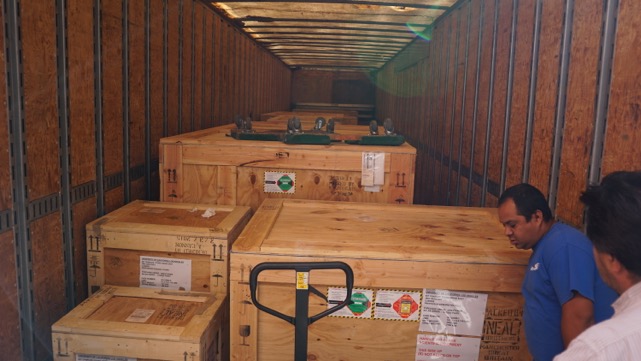

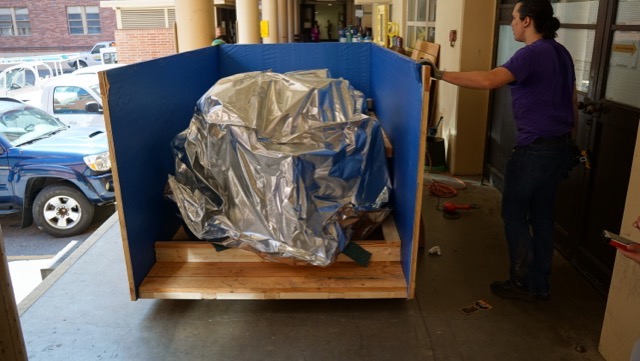
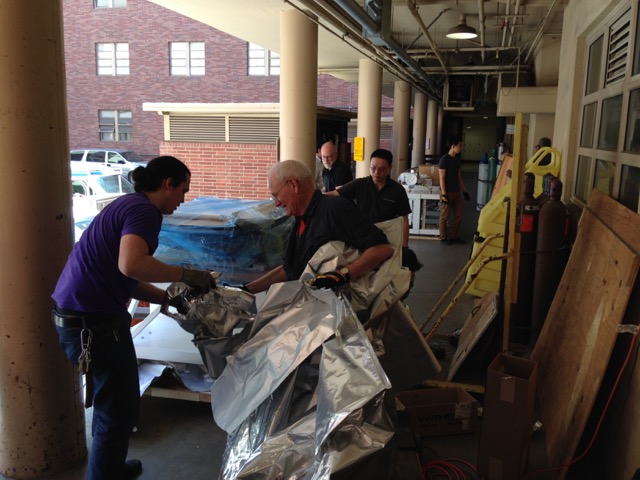
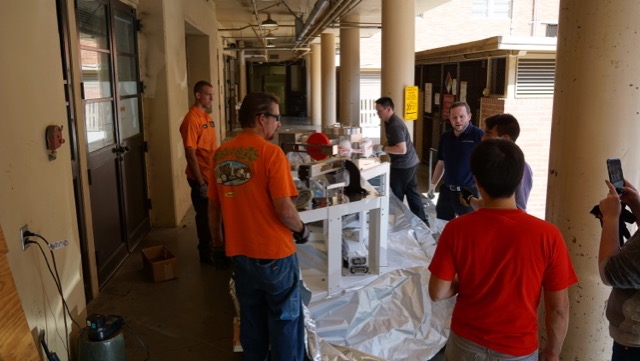
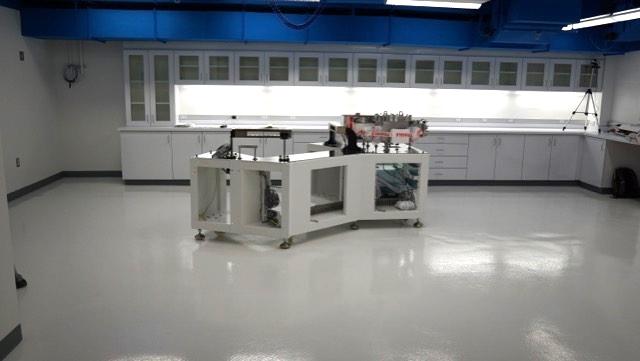
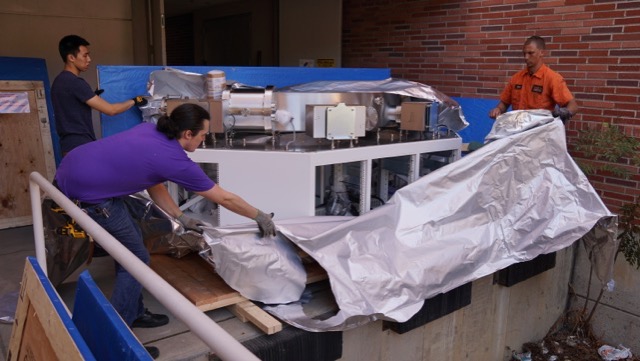
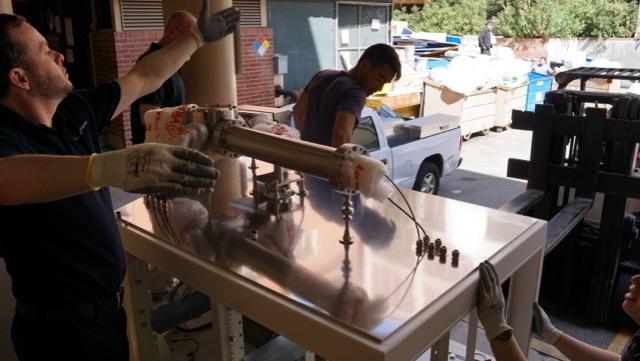
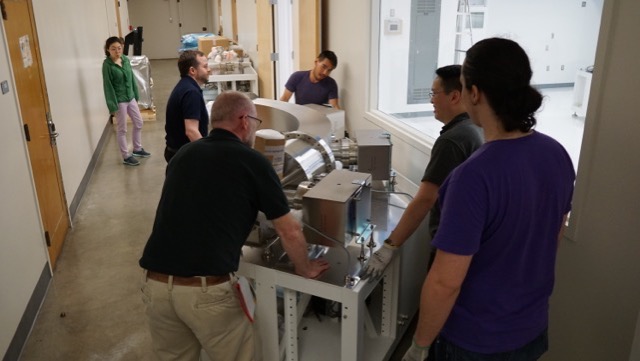
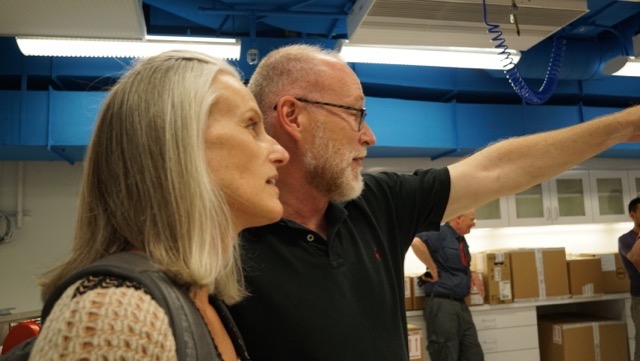
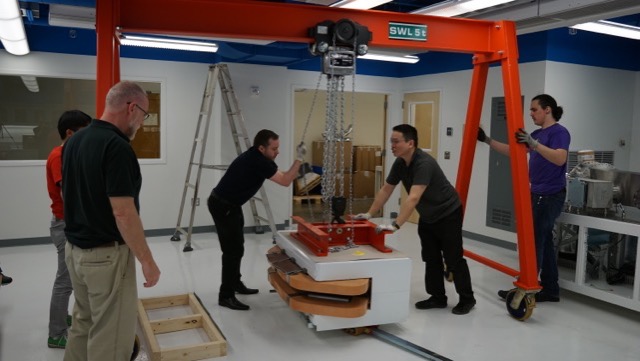
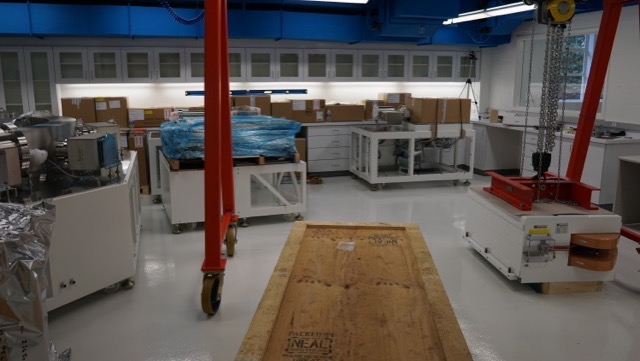
Jeanine Ash live-tweeted the whole thing (see her twitter feed for more photos), which got lots of attention, including retweets from the Deep Carbon Observatory (the DCO helped fund the instrument). We worked through the weekend, and by Tuesday, we had the whole thing together, plugged in and pumps on. I had stuck a GoPro in the corner of the room, which resulted in the timelapse below.
Shuning and I will be back in a couple weeks. The latest report from UCLA is that the machine already working. It's still not fully operational yet (kinks are inevitable), but I can't wait for this thing to start pushing the boundaries of isotope geoscience.
Photos courtesy Doug Rumble (Carnegie Institution for Science), one of the principal investigators on the project. Ed Young is the principal investigator at UCLA. The instrument was funded by the Alfred P. Sloan Foundation (through the Deep Carbon Observatory), UCLA, the National Science Foundation, the U.S. Department of Energy, Shell, and the Carnegie Institution for Science.

